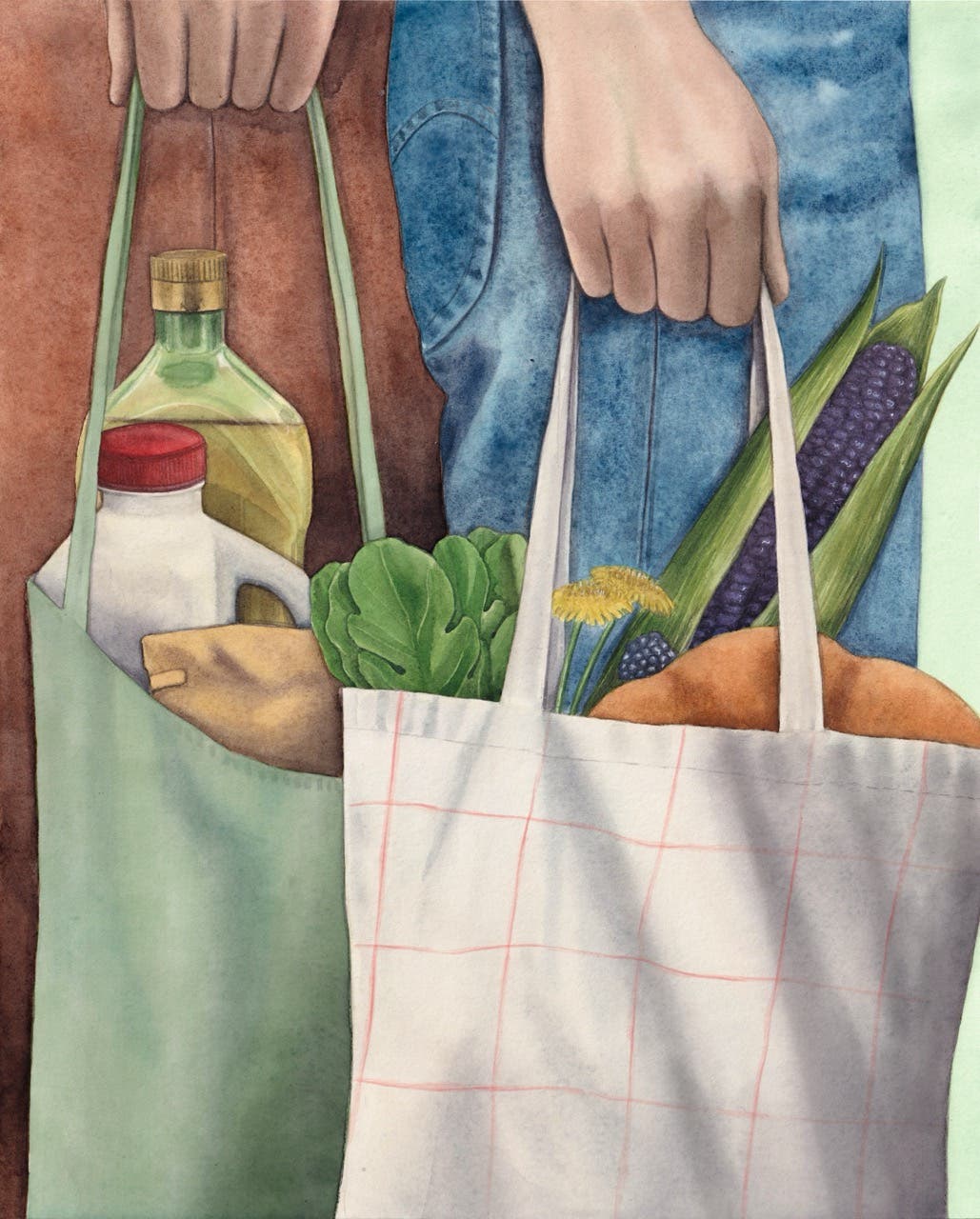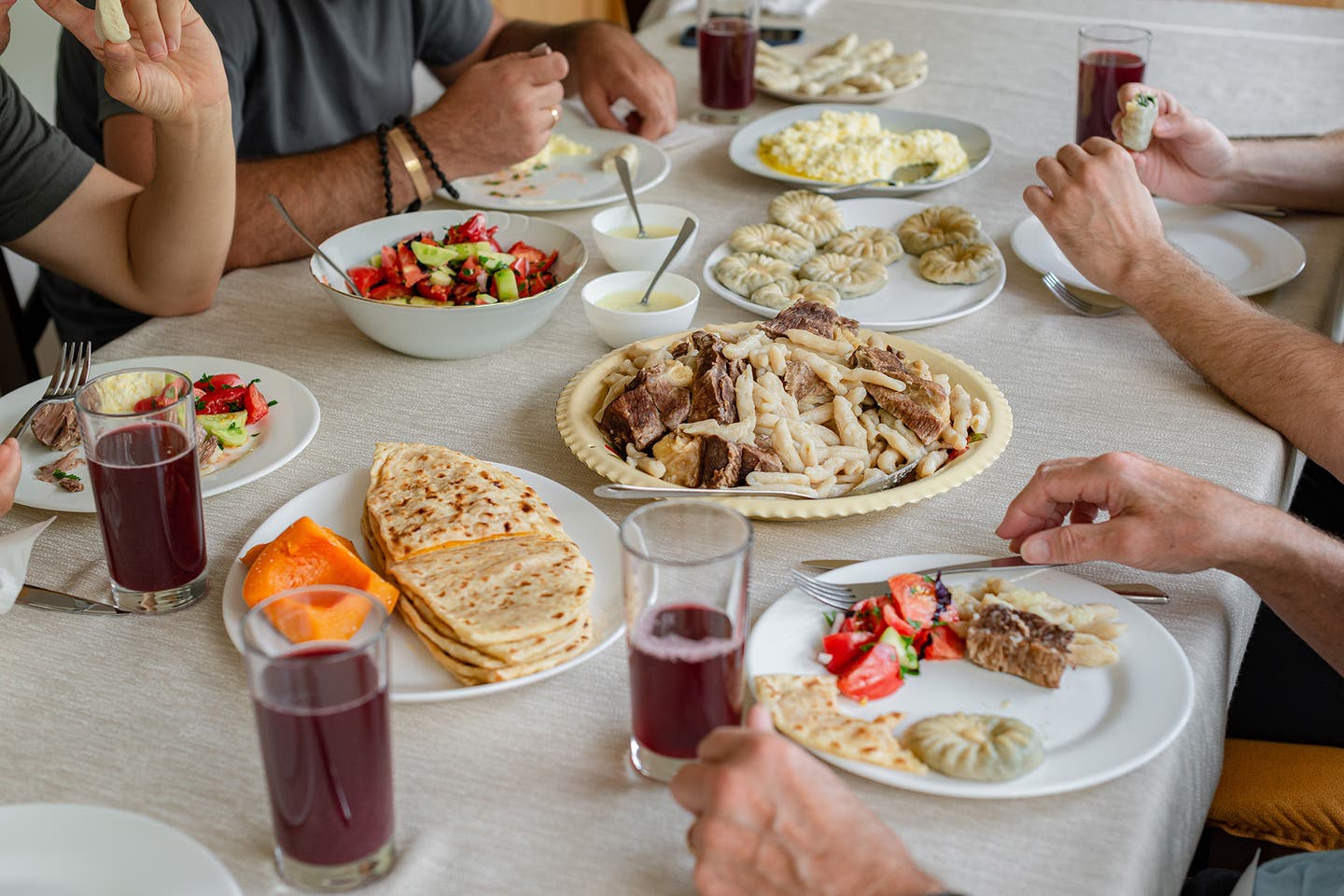
Muslim Georgia: A Journey to the Hidden Kitchens of the Kists
Pankisi, a wooded valley in the Caucasus Mountains, was labeled a refuge for terrorists. All I found was life-changing food and hospitality.
We were down to the last slice of khachapuri when our host, Leila Achishvili, said something that made me put down my fork: “Everyone thinks we’re terrorists here.”
We’d been talking about the situation in Pankisi, a remote valley in northeastern Georgia where I’d come to write about the food. Pleated nettle dumplings, pumpkin-honey flatbread, plump beefy noodles called zhizhig galnash—these hyperlocal dishes were some of the most distinctive (and delicious-sounding) in Georgia, yet nobody seemed to know anything about them.
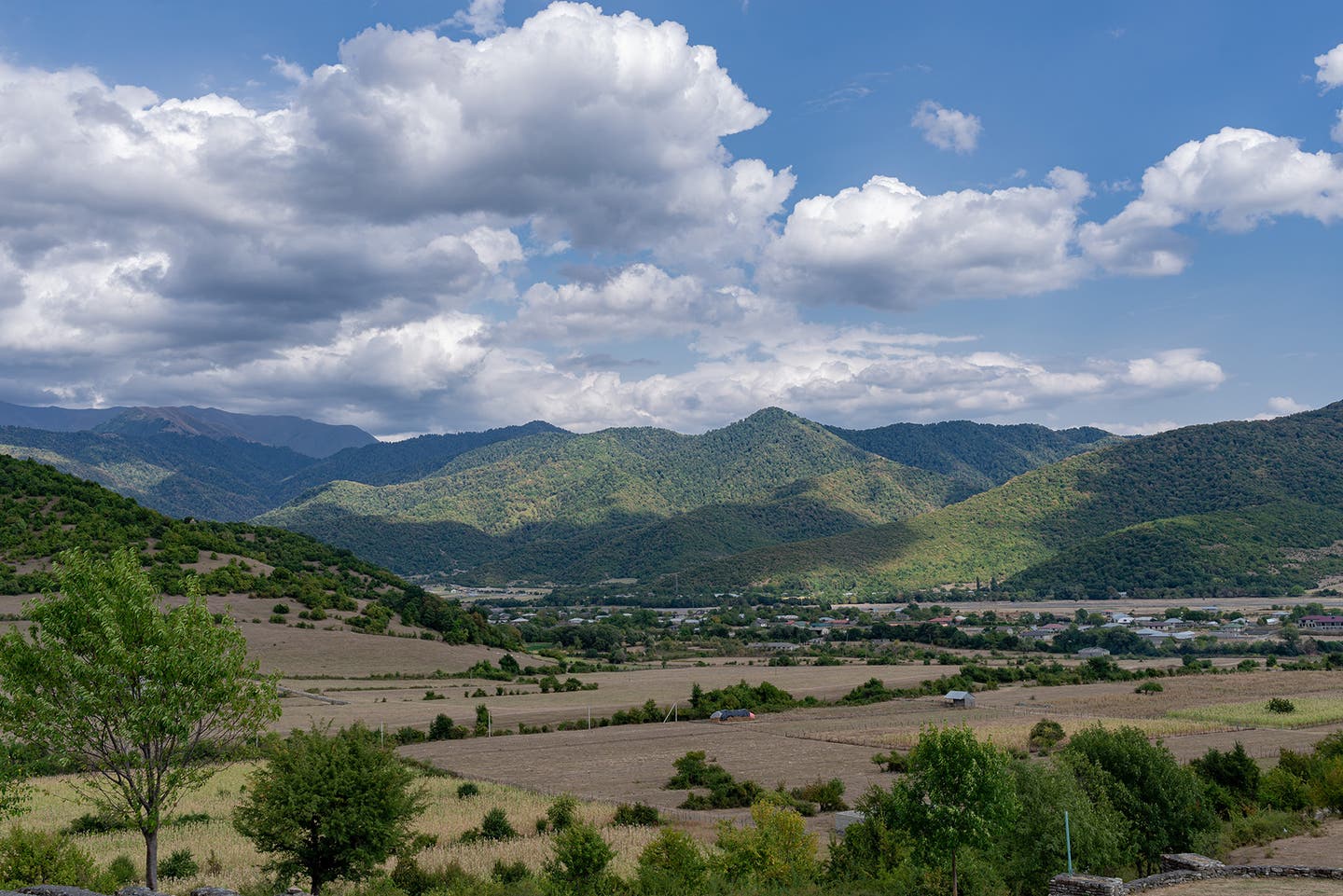
I’d been to Georgia a dozen times, but Pankisi always seemed out of bounds, like some culinary Bermuda Triangle. “I’m not sure about Pankisi,” warned Kartlos Chabashvili, my otherwise fearless guide and fixer. “So you’re going to eat with the Islamic State?” chided another Georgian acquaintance.
Pankisi, I quickly learned, stirred up strong feelings in people—people who’d clearly never been to the region but had been reading the news. Terrorism, jihad, warlords, ISIS—until recently, these words appeared routinely in headlines about the valley, from the BBC to The New York Times to Reuters. So when I heard about a new crop of guest houses there—cozy homestays offering nature walks, cooking classes, and bacchanalian feasts—my synapses short-circuited. How on earth could a “terrorist hotbed” also be known for its dumpling-making lessons? To answer that, and to find out what was truly going on, I decided to go to Pankisi to see for myself.
Kartlos took some convincing, but there we were, whizzing past vineyards aglow in the September sun toward Georgia’s most enigmatic region. Wooded peaks veined with streams began to close in around us: We were now in the foothills of the Caucasus. When the grapevines disappeared, I knew we were close—Pankisi is the land of the Kists, descendants of Chechen settlers who practice Sufism, a mystical type of Islam known for its haunting, soulful zikr ritual. (Wine isn’t banned in the valley, but it is frowned upon.)
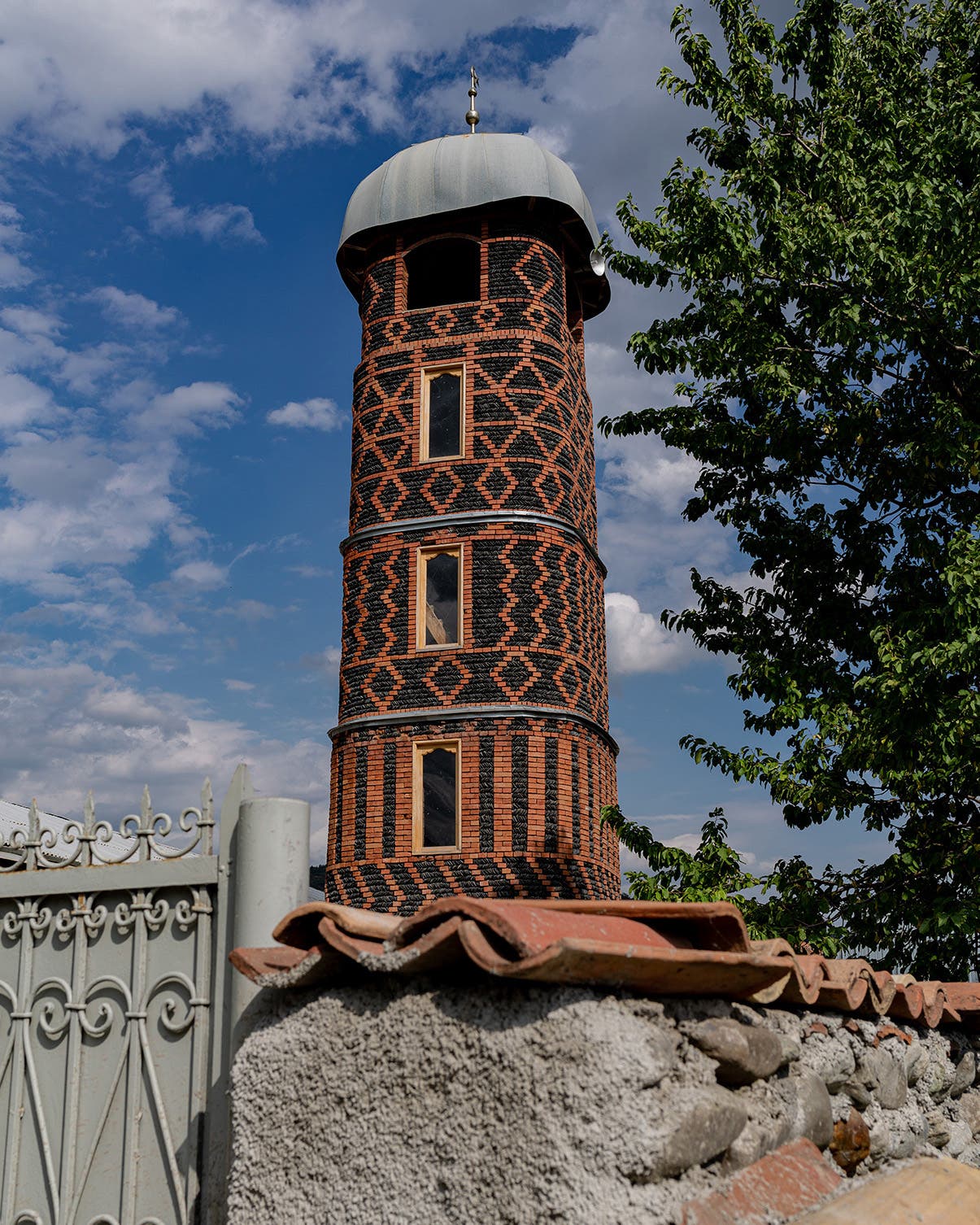
When we reached Duisi, the first Kist village, we were suddenly in a Georgia I’d never known. There was a strong Muslim presence everywhere: Women carrying bread wrapped in newspaper wore abayas and black headscarves; men on motorcycles sported bushy, Amish-like beards. I spotted a red-brick minaret poking above the trees, one of two local mosques. “Better change into pants now,” Kartlos said, pointing at my shorts. “And remember to take your shoes off when we get to the guest house.”
My Islamic etiquette was rusty, and suddenly I felt like an outsider. But those moments of culture shock are what make the Caucasus so thrilling. The region accounts for three percent of Europe’s population but over one-quarter of the continent’s linguistic diversity. The 6,000 Kists in Pankisi have their own dialect of Chechen (and speak Georgian, Russian, and varying levels of English).
In some areas of the Caucasus, there’s a new language every 30 miles. Now imagine how varied the food is.
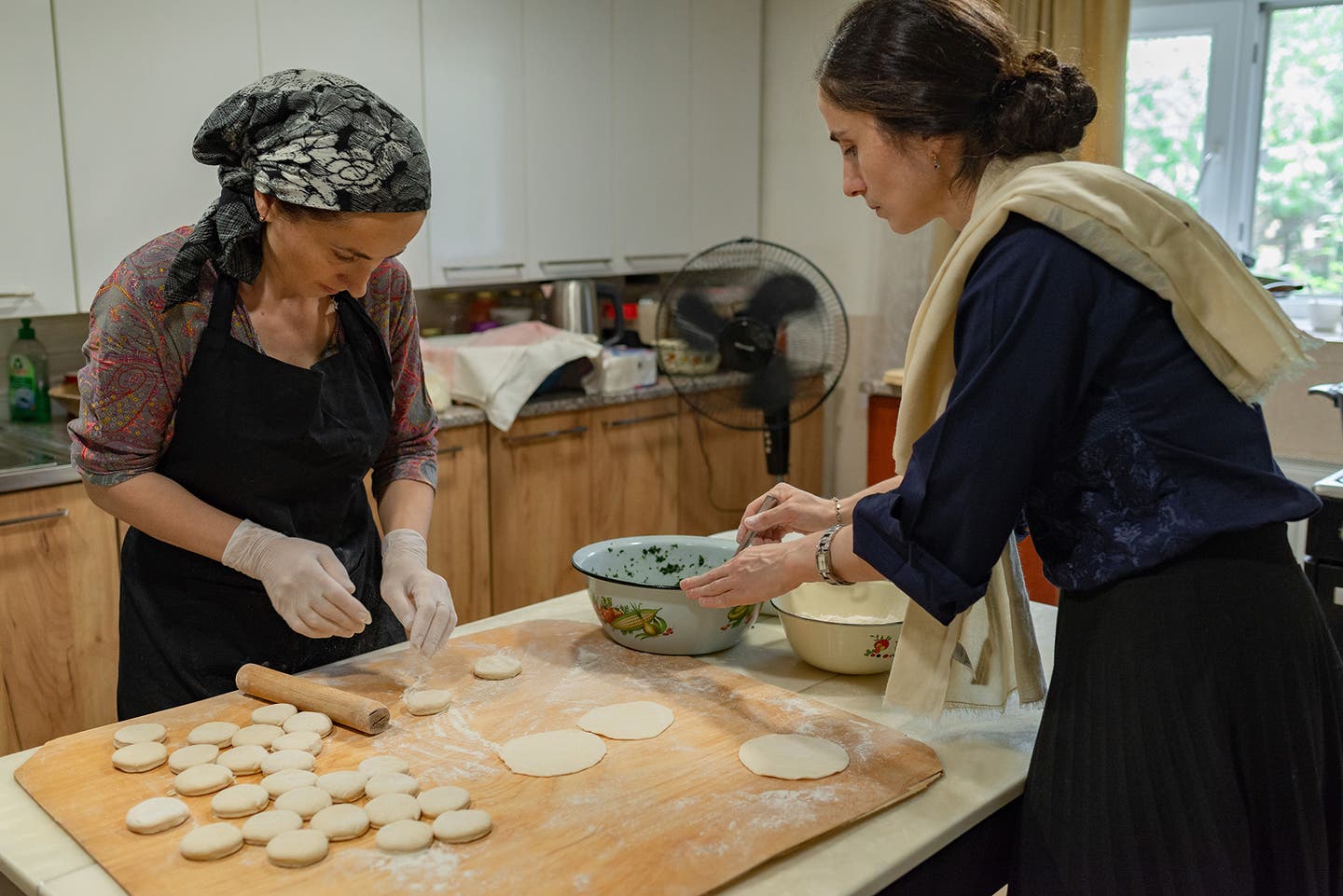
Our first meal in Pankisi—where that comment about terrorism sucked the oxygen out of the room— was at Leila’s Guest House in Jokolo. The mood was lighter when we arrived. “Come, come!” Leila said, her pink head scarf framing kind, crinkled eyes. Leila ushered us to a long wooden table laid with dishes I’d seen all over Georgia: sulguni cheese, cherry kompot, tomato-cucumber salad drizzled with sunflower oil. But the longer we sat at that table, the less familiar the food became.
One revelation came in a local variant of khachapuri called chaabli. Glistening with ghee and oozing cottage cheese, it was shot through with handfuls of spring onions. It was excellent, and also surprising, since khachapuri is usually mild (seldom more than dough, eggs, and cheese). Even Kartlos—a guy who crisscrosses Georgia for a living and considers khachapuri its own food group—had never tasted one like it.
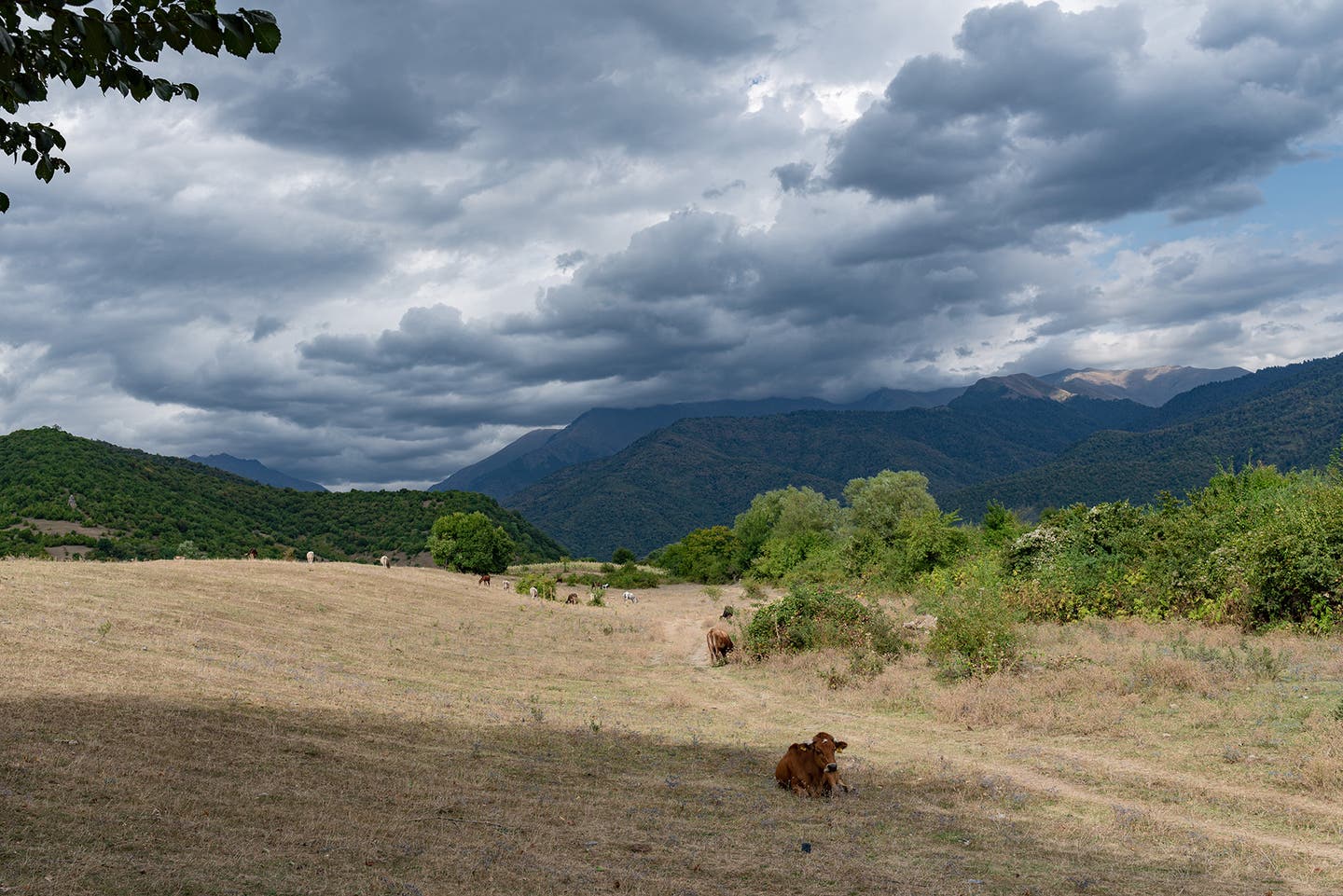
Wondering how this could be, I asked Kartlos what he knew about the Kists growing up, what contact he had with them. “Very little,” he said. “I knew there was a Muslim community living in this valley, ethnic Chechens displaced by their war with Russia. Our government gave them shelter. That’s what they taught us in school.” But I would soon understand this wasn’t the whole story. It didn’t explain the overall perception of Christian Georgians that Kists were terrorists.
Kartlos, like many Georgians, spoke of Kists as if they were recent arrivals on Georgian land. But they came to Pankisi two centuries ago—long enough for their dialect to sound archaic to modern-day Chechens and for their cuisine, customs, and religion to take on a hybrid Georgian character. For starters, their first language is Georgian.
Peaceful coexistence defined Pankisi for generations. Kists and ethnic Georgians (not to mention Ossetians, Pshavs, Tushetians, Khevsurs, and others) traded goods with one another and sacrificed animals at the same pagan shrines. In fact, according to anthropologist Florian Mühlfried, the first Kists who settled in Georgia were almost certainly Christian. Religion in Pankisi was so casual and amorphous that many Kists remember ringing in Easter with their Christian neighbors as late as the 1990s. Together, they ate pork and drank wine.
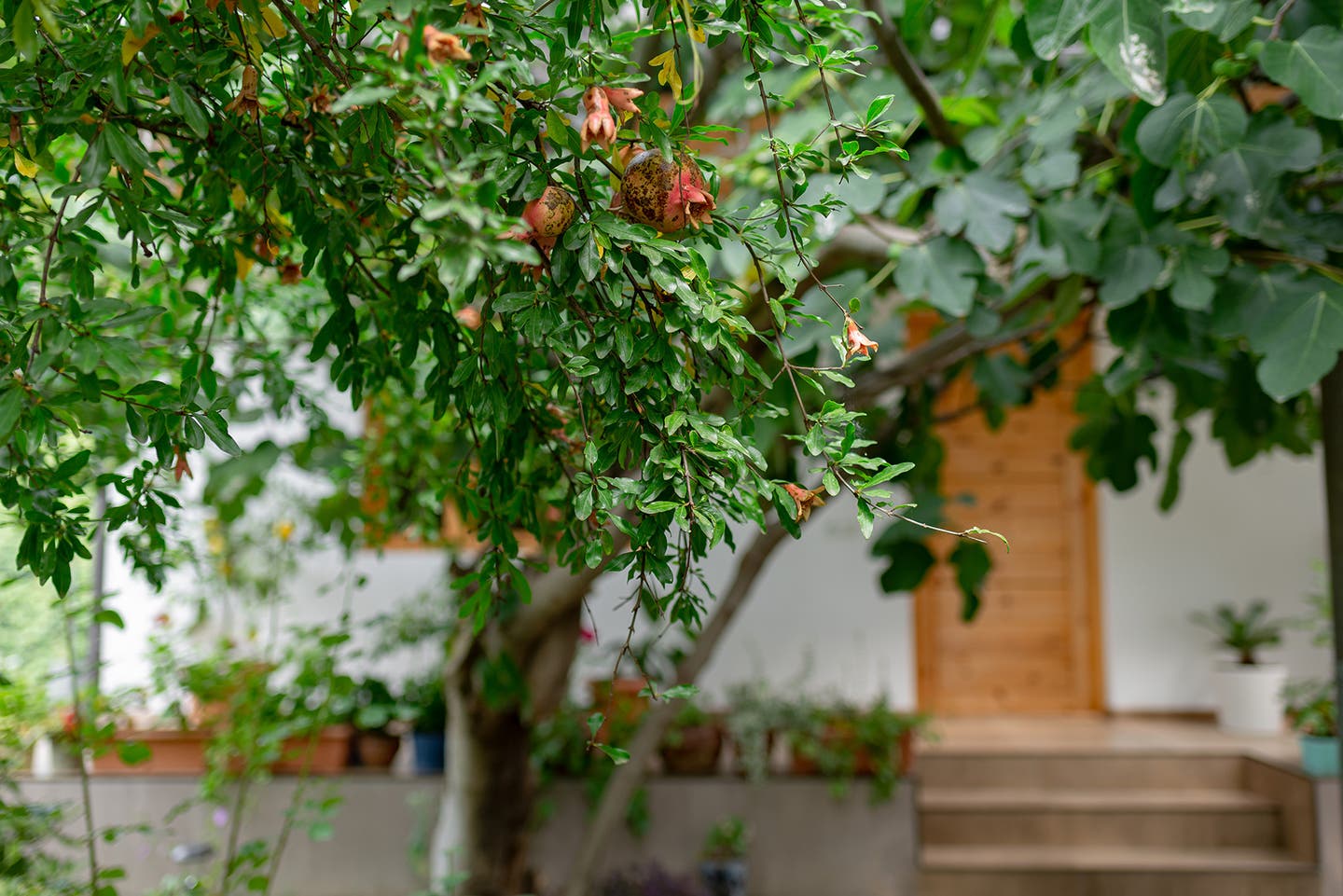
More Kist-Georgian intermingling happened at raucous horse races in the valley, according to food historian Dali Tsatava. Before facing off, competitors fed the horses “blessed barley” and “washed their legs with milk to give them endurance.” Pagan rituals like these, mysterious in origin and kept alive by Chechens and Kists, mirror those of the earliest-known civilizations of Europe and Asia.
Back at dinner, Leila’s mother was lumbering toward us with a great, steaming bowl. Inside was something resembling spaetzle, strewn with potatoes and carrots and beef. No two noodles were alike—each was rolled painstakingly by hand. Then there was the texture: Within every noodle was a reservoir of hot, beefy broth that gushed when you bit into it. This was Chechnya’s national dish, zhizhig galnash. It was the best thing I’d tasted in months.
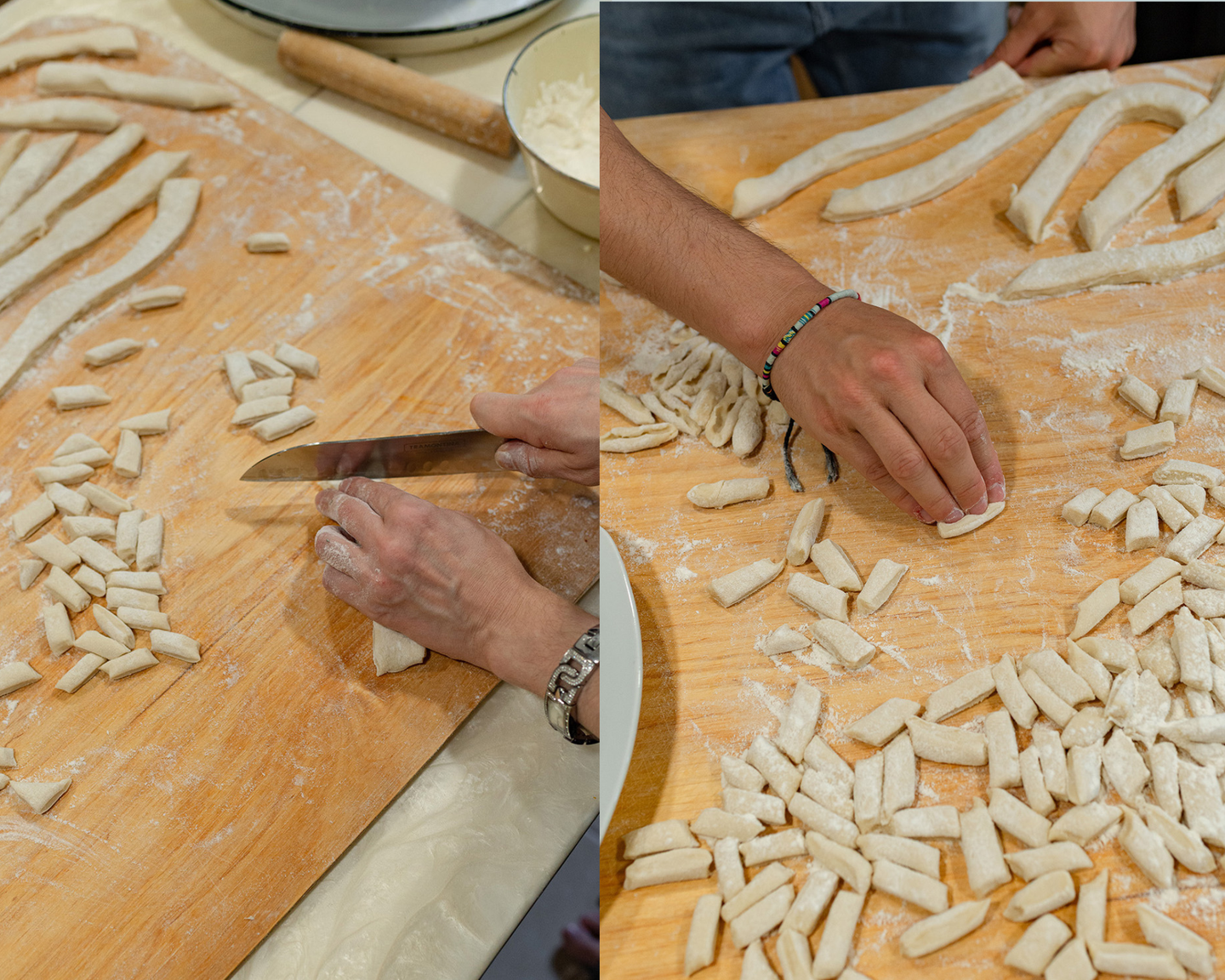
Zhizhig galnash is comfort food of the primordial sort. It harks back to a time when Chechen teips, or clans, ruled their valleys of the North Caucasus from soaring stone towers (they’re extraordinary; some are 2,000 years old). When their flocks were in the mountains or when they set off for battle, they relied on dried meat and flour for sustenance: They’d reconstitute the meat in boiling water, making a light broth, then make noodles from the broth and flour and cook those noodles in the leftover broth. The result was zhizhig galnash (“meat with dumplings”).
We were turning into dumplings ourselves when Leila came out with a sticky, scraggly dessert called heul, a crisp-fried dough cake bound with honey. She joined us for tea, and we talked about Kist cuisine. “Many traditional dishes are being lost,” she said. “But my great grandmother taught me the old ways, like how to make cornflour dumplings filled with foraged greens. I cook these dishes proudly.”
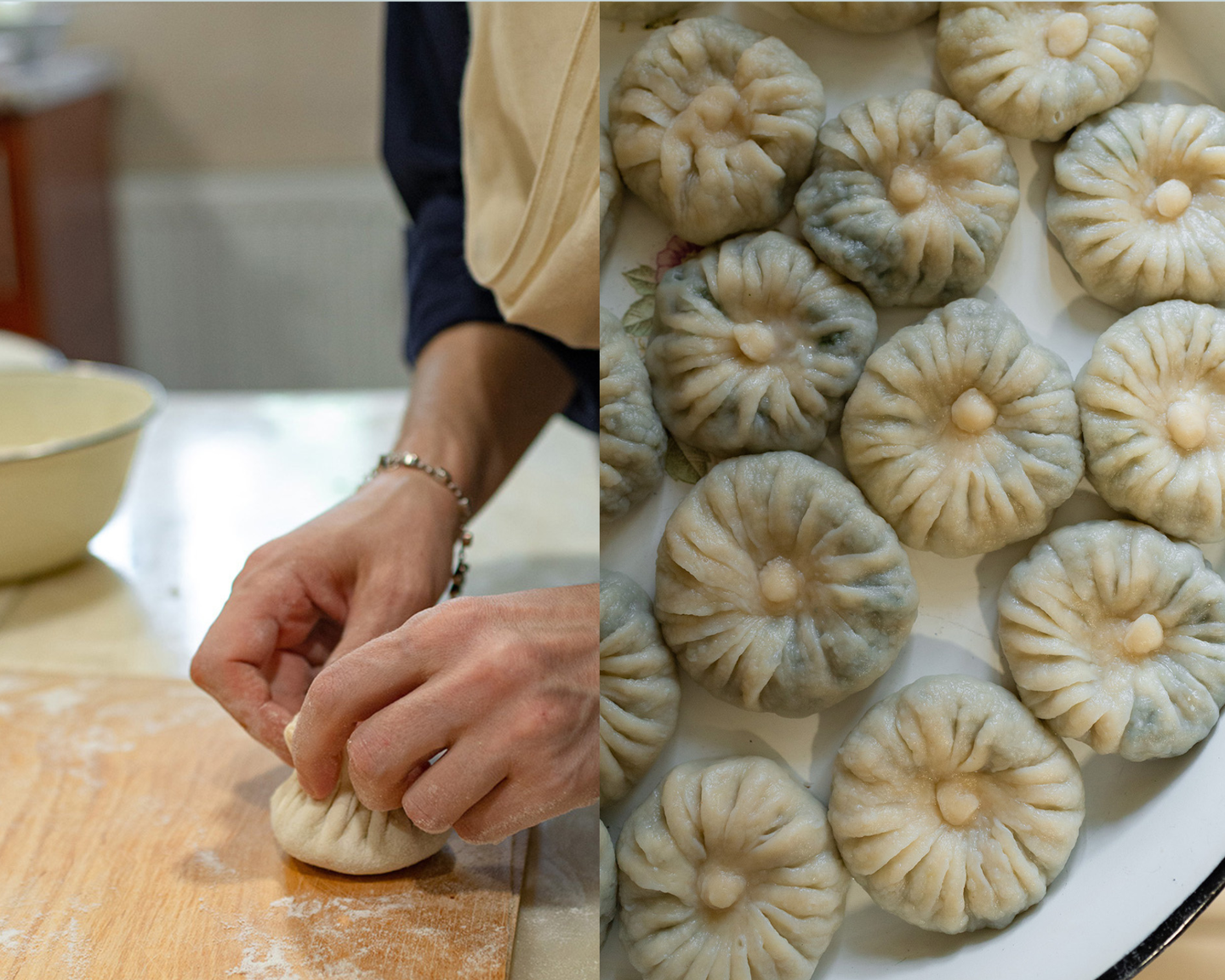
You’d think Leila’s ancestral cooking—in an alpine paradise, no less—would translate into a stream of food-loving guests, but the stigma surrounding Pankisi persists: Many people really do think Kists are terrorists, if they think about Kists at all. “Pankisi is not dangerous,” she said. “We are trying to get rid of these labels.”
It was late, and we shoved off for Nazy’s Guest House, where we’d be spending the night. Kartlos looked deep in thought. “Leila is right,” he said. “Stereotypes do exist among Georgians. My friends thought I was crazy for coming here, not because they hate Muslims—they just think it’s unsafe.”
The next morning, I sprang out of bed—I’d been dreaming about this day for weeks. Nazy Dakishvili, the guest house owner—a 36-year-old woman with angular features and a gentle smile—would be giving me a Kist cooking lesson. On the docket: ghaabak chaabilgish (pumpkin khachapuri), niiti khingali (nettle dumplings), zhizhig galnash (more is more!), ahar khudar (cornmeal porridge), and halva (a fudgy confection) with raspberry jam.
Our first task was mixing the khachapuri dough. As we kneaded, we got to talking about Pankisi’s troubled history. “It all started in 1999 with the Second Chechen War,” said Nazy. “Thousands of Chechens poured into Georgia, to this valley.”
Locals opened their doors to them like family—but among the refugees were rebels and Islamic extremists, who took de facto control of the region (and hung onto it until 2004). Pankisi was soon crawling with criminals from every corner of the globe. Drug running, arms smuggling, kidnappings—you name the crime, it was happening in Pankisi. The Georgian government, outpowered (and some say in cahoots with the gangsters), pulled all police from the valley and left its citizens to fend for themselves.
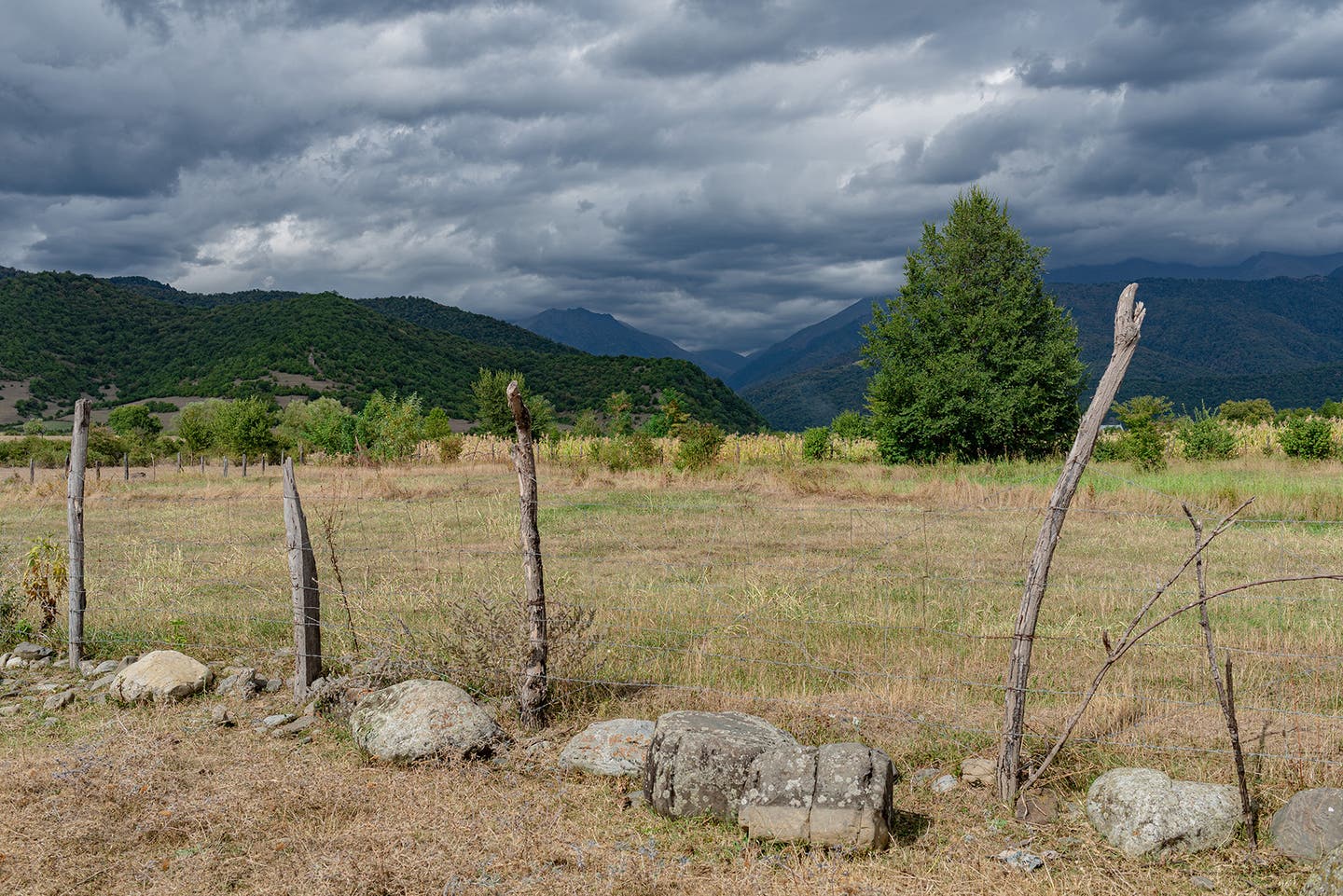
Then came September 11—and the Islamophobic hysteria that followed. Pankisi was like catnip for the sensationalist press. It was Muslim. It was lawless. Fearmongers bawled that it could be where Osama bin Laden was hiding.
Georgia, eager to prove its fealty to the West, vowed to crack down. Putin promptly bombed the region. A few months later, the U.S. intervened in the name of the Global War on Terror: It dispatched 200 Green Berets, who trained a battalion of Georgian soldiers to the tune of $100 million (in today’s money). Senators Fred Thompson and John McCain made official visits.
The most powerful governments on earth were pouring money and manpower into the Pankisi problem—and yet the people living there were left cold and starving. “It was only through anti-terrorist special operations that the state reminded the residents of its existence,” wrote Maia Barkaia and Barbare Janelidze in Under the Security Gaze: History, Religion, and Politics in the Pankisi Gorge. “Pankisi … became the ‘other’ against which post-Soviet Georgia defined its role on the international arena.”
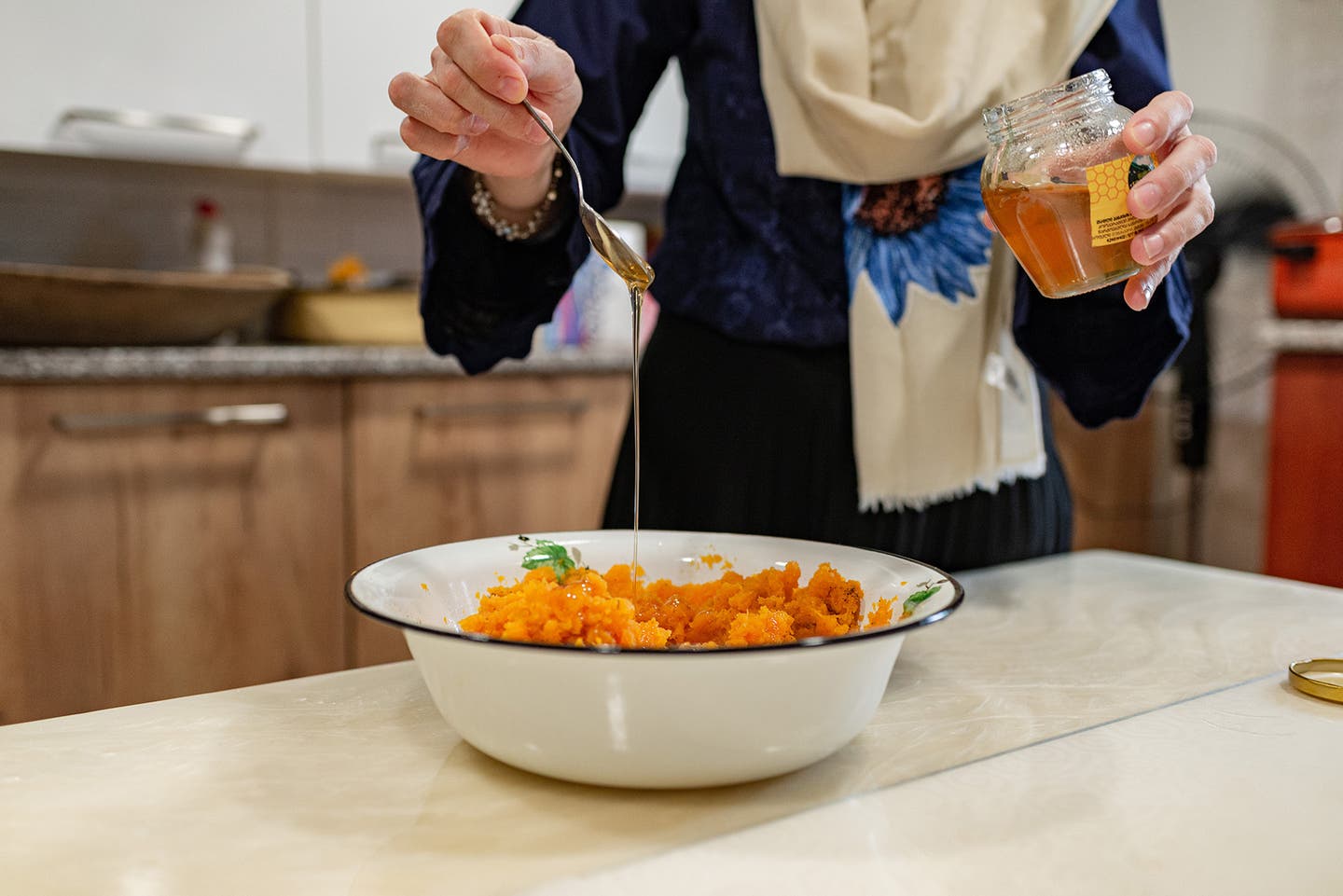
There was no segueing back to khachapuri talk now, so I just kept listening to Nazy. “The war radicalized big parts of the population,” she said, drizzling honey into pumpkin purée. And how could it not? For the average Kist youth—who grew up under a thundercloud of chaos, discrimination, and death—a rigid belief system promising salvation understandably appealed. That’s perhaps why younger Kists are more conservative than their parents and grandparents, and one reason so many (estimates range from 30 to 100) went to Syria to fight with ISIS. About two dozen Kists died there between 2011 and 2015—including, as I later learned, Leila’s two sons.
But Nazy says Pankisi has mellowed: “Our police drink tea all day. They have nothing to do!” Unemployment—not radicalization—is the most pressing problem now. “That’s why tourism is so important,” she said. And word is slowly getting out—Nazy’s guest book is bursting at the seams. Earlier, we saw off a group of CamelBak-ed Germans headed to Tusheti National Park on horseback.
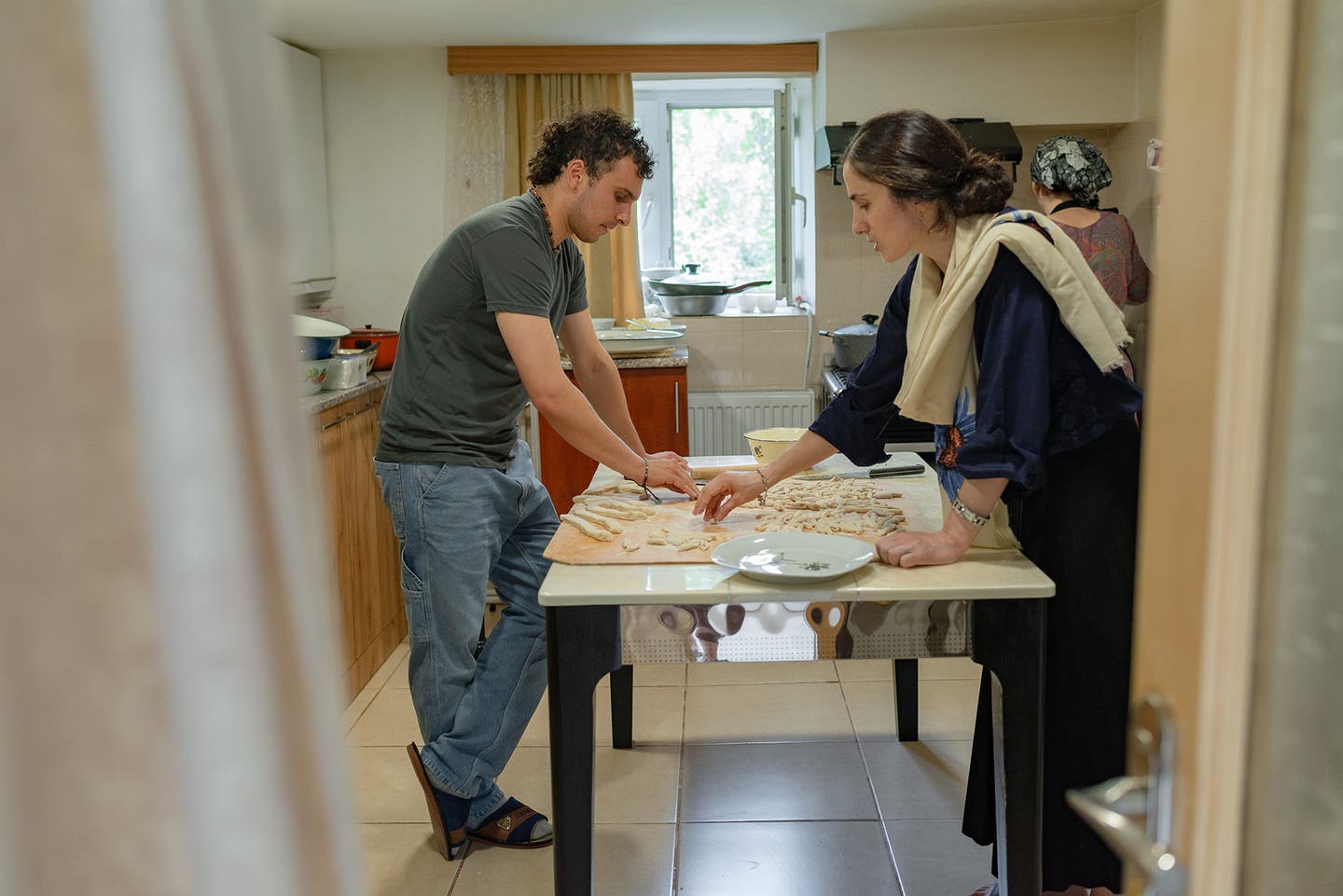
Nazy’s soul-nourishing brand of tourism—the kind that gets you crimping khachapuri with wetted fingers, rolling pasta alongside village grandmas, and frying farmer cheese until it “crackles like a flock of sparrows”—may very well put Pankisi in the news again, only this time for the right reasons.
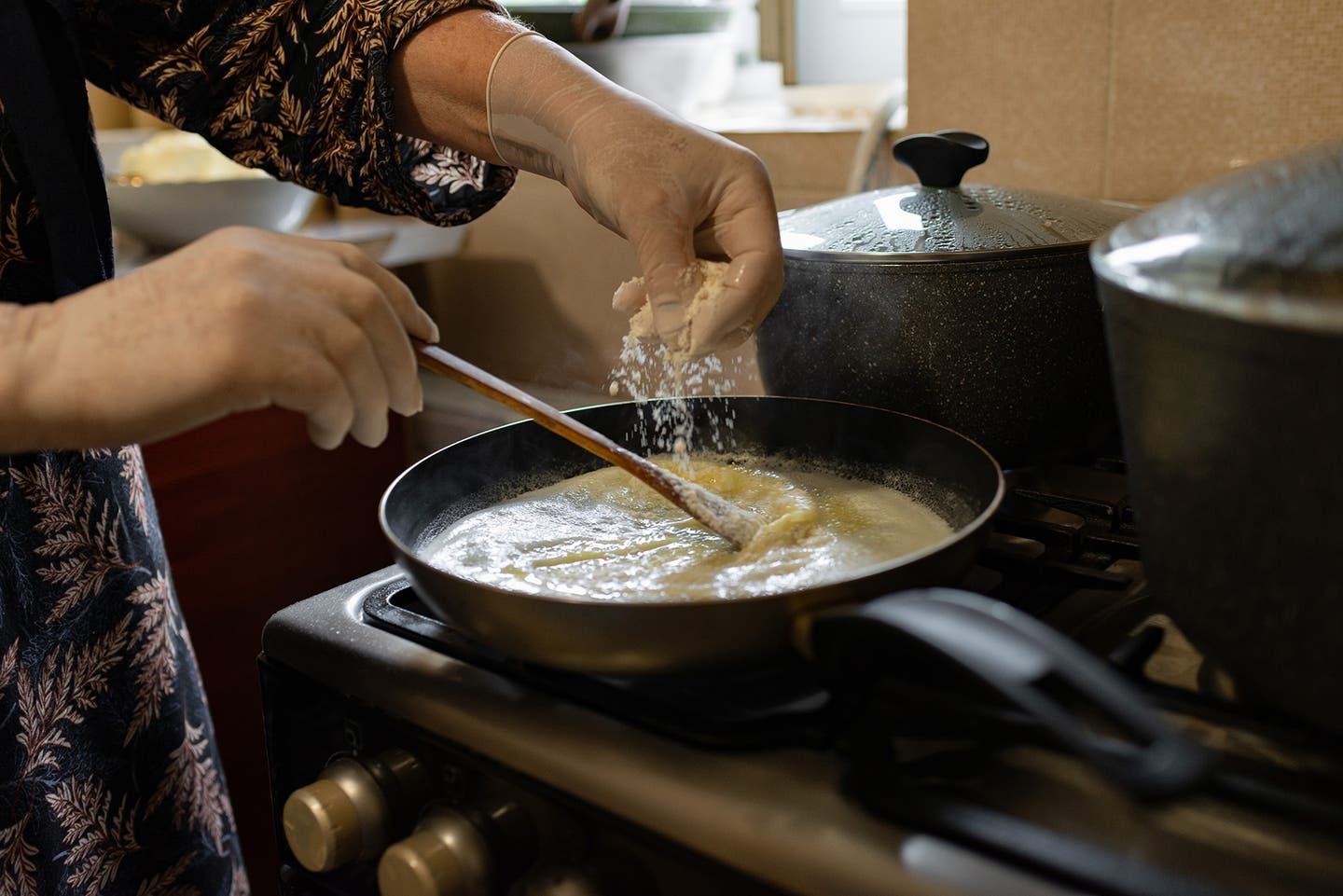
One encouraging development is that the Georgian National Tourism Association has been investing in Pankisi, clearing new hiking trails and singing the region’s praises. Undertourism, not overtourism, is the problem that needs solving. In an email, a representative remarked on the valley’s untapped potential, calling it a “unique travel area.” Not a hideout, not a hotbed—simply a place worth visiting. Is the wind finally at Pankisi’s back?
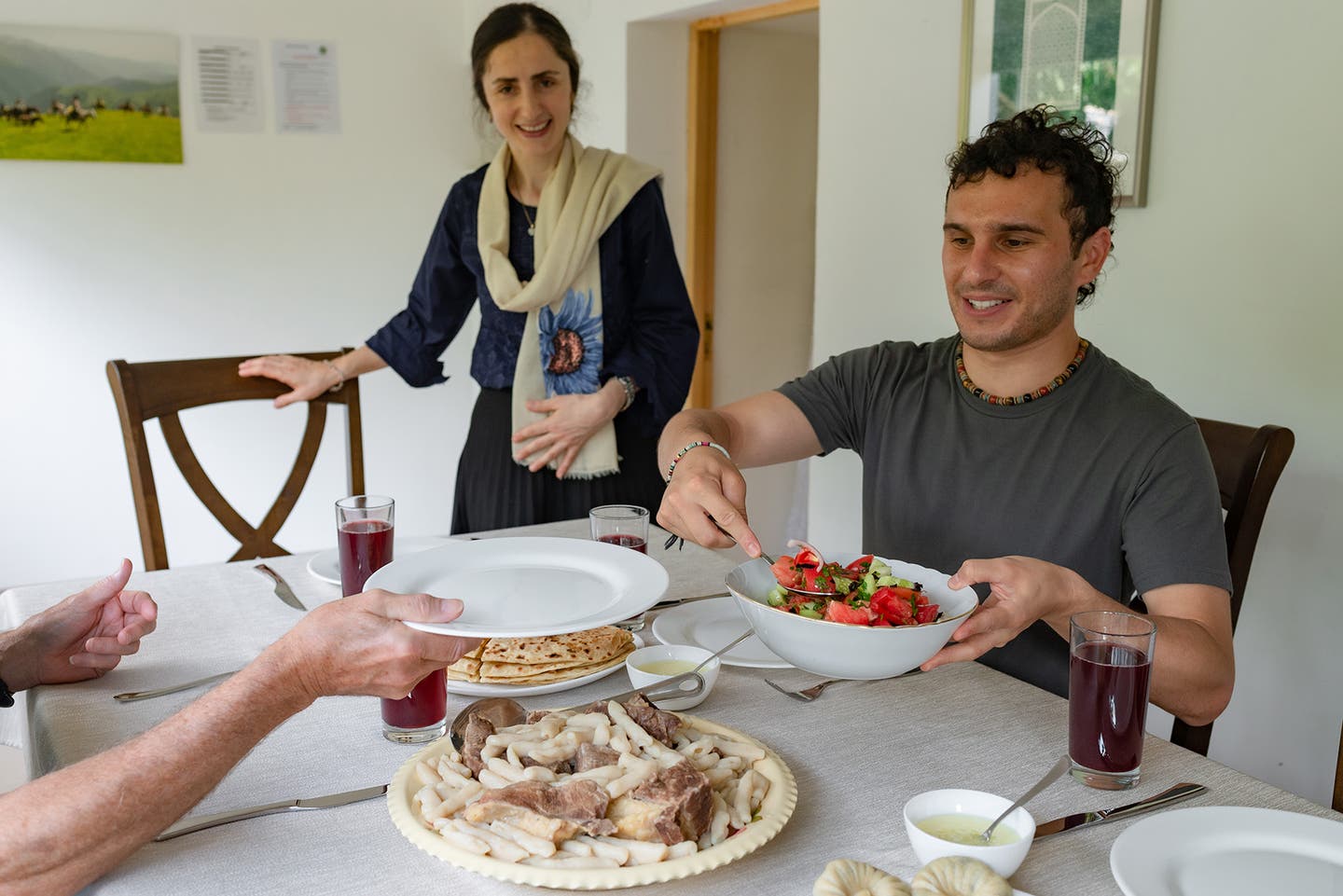
Lunch was on the table, and we all sat down. We clinked glasses of Cornelian cherry juice (freshly pressed from Nazy’s orchard) and heaped our plates with noodles, meat, salad, and bread. Kartlos looked right at home, chatting leisurely with Nazy and leaning back in his chair.
Later, loading our suitcases into the car, I asked Kartlos if he’d changed his mind about Pankisi. “Completely. The people are so warm,” he said. “I can’t wait to come back with my friends and family. Everybody needs to know about this beautiful hidden corner of Georgia.”
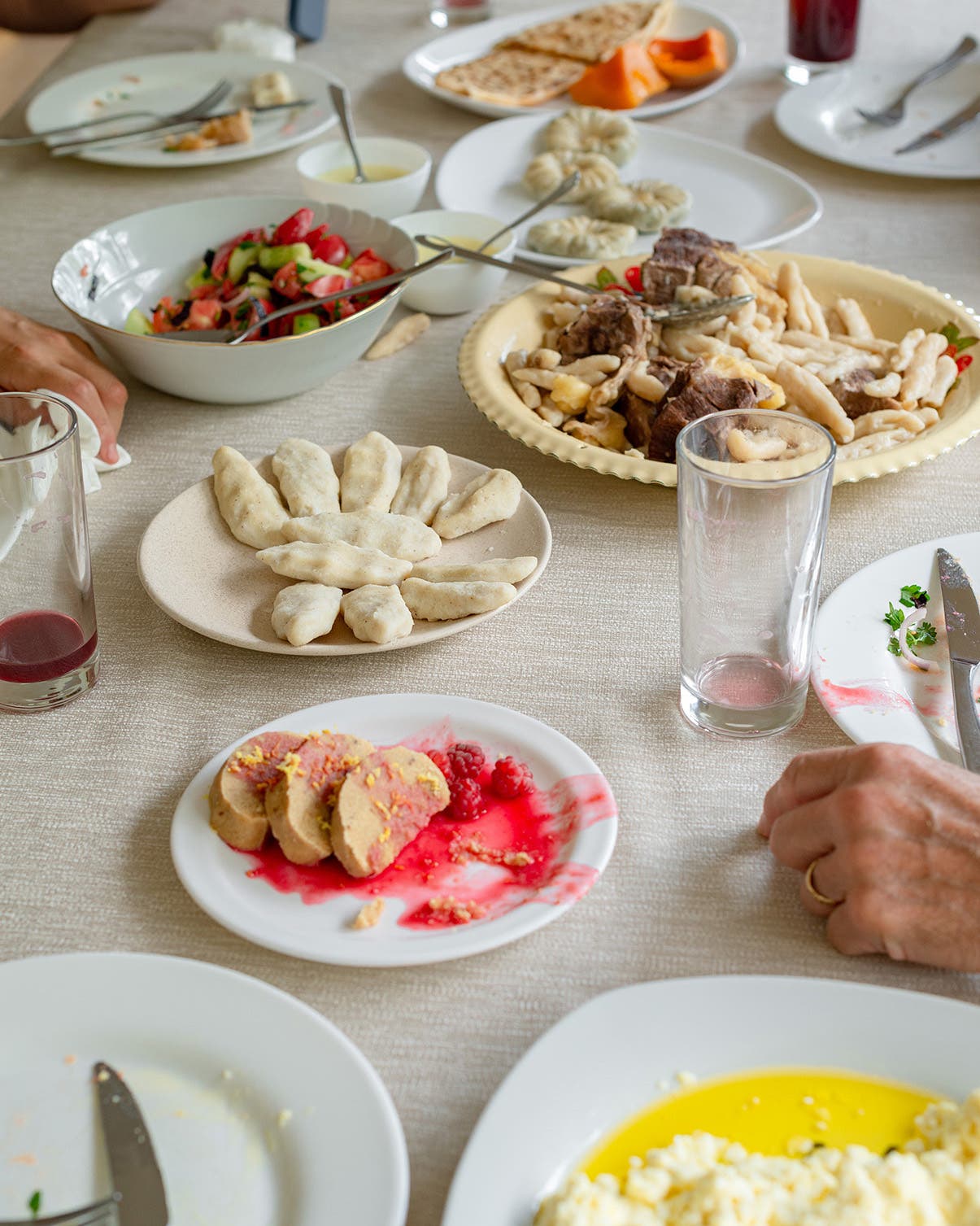
Getting There:
Pankisi is two and a half hours northeast of Tbilisi, Georgia’s capital (and main aviation hub). InterGeorgia Travel, Kartlos’s tour company, offers food-focused Pankisi itineraries. Hiring a guide is strongly recommended in Georgia as driving can be stressful (you’ll appreciate the translation services, too). There are a number of homestays in the region; Nazy’s Guest House and Leila’s Guest House stand out for their food. A great place to start when planning a trip to Georgia is the Georgian National Tourism Administration’s website.
Recipe
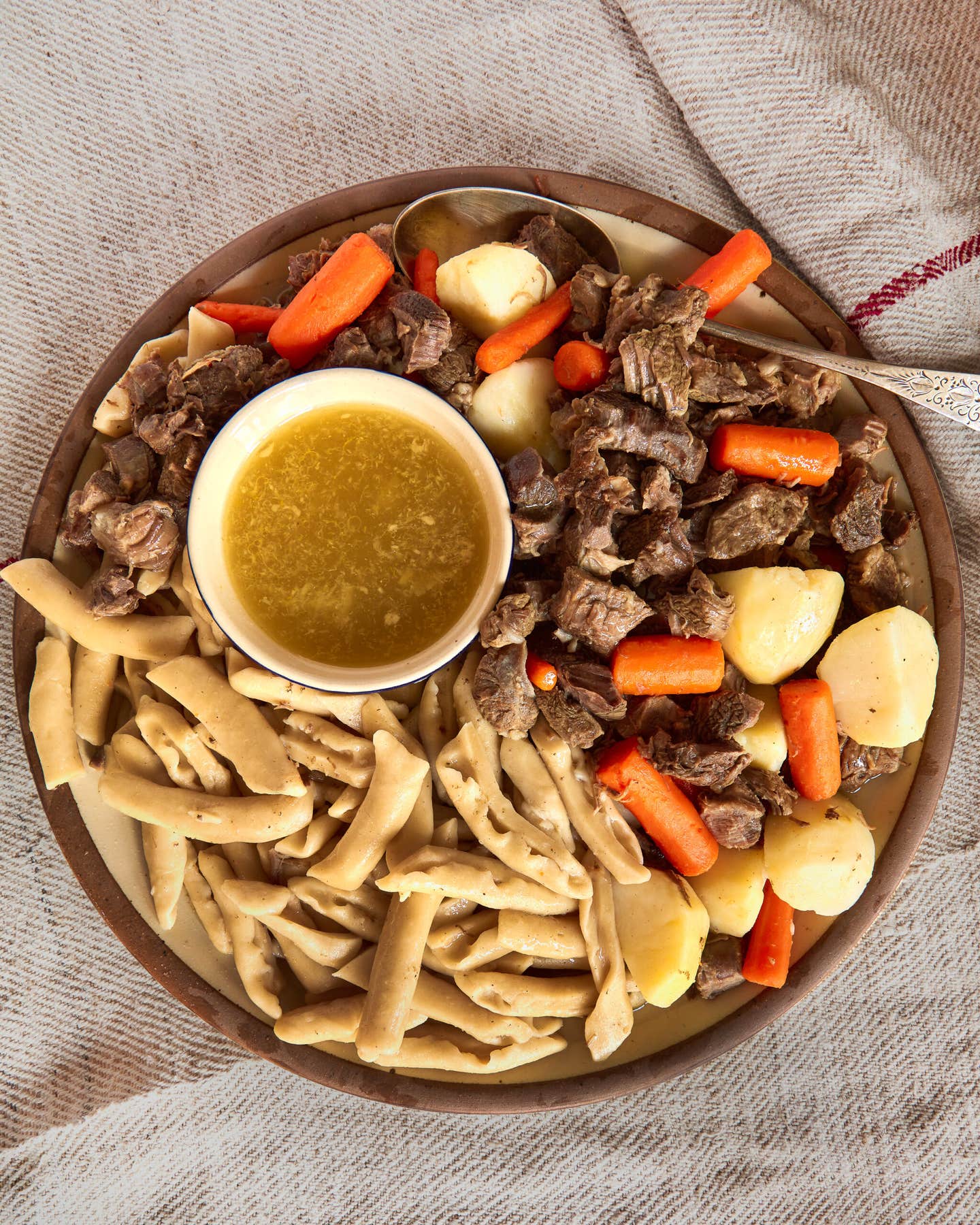
Keep Reading
Continue to Next Story









